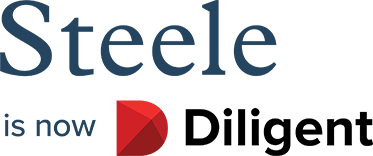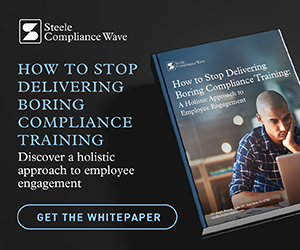From clothing retailer The Gap to high-tech car service Uber, large employers are turning to “microlearning” as a way to train employees in a variety of specific tasks and soft skills, according to a recent article in the The Wall Street Journal.
The article offers insights for compliance and ethics professionals on the strengths and weaknesses of these bite-sized lessons, and supports best practices for using microlearning as part of a broad, holistic approach to corporate compliance training.
Short Lessons On Hard And Soft Skills
The ways people learn are changing to accommodate shorter attention spans. The article cites a Microsoft study that found the average attention span in North America has shrunk from 12 seconds (in 2000) to a mere eight seconds by 2015, “thanks in large part to smartphones, on-demand entertainment and social media infiltrating people’s lives.”
Ironically, the microlearning tools offered by e-learning companies rely upon the same ubiquitous digital technology. A popular lesson format is to combine video and interactive content in chunks that take approximately five minutes to complete, and to make these short lessons available at the user’s convenience via smartphone and online platforms.
“The approach can be used to teach workers both hard and soft skills,” according to the WSJ article, “like how to use a particular piece of accounting software or factory equipment, or how to manage conflict and motivate teams.”
Microlearning offers opportunities for compliance professionals to enhance corporate compliance and ethics training. Even the most conscientious employee may struggle to stay awake during a 40-minute e-learning session on your code of conduct. Instead of putting employees in a classroom for hours on end, which disrupts workflow for individuals and the company, microlearning modules and short videos allow for more frequent, less intrusive touch points.
Putting these low-bandwidth, non-intrusive messages in front of people on a consistent basis is highly effective in building awareness, as we know from successful advertising campaigns. In addition, communicating with employees in a variety of formats provides more opportunities to disrupt expectations for any given format. These “pattern interrupts” serve as effective behavior-change tools: A person expects one thing but gets something else, and that makes them more conscious and more apt to learn something.
Microlearning, Repetition And Emotional Resonance
The WSJ article quotes Priya Rajasethupathy, a Stanford neuroscience postdoc who specializes in learning and memory. The spaced repetition supported by microlearning is more effective than trying to convey all of that information in a single, long training session, Rajasethupathy says, but users aren’t necessarily paying the same level of attention they would in a classroom setting.
True, constant repetition is essential to information retention and behavior change, helping employees to break old habits and form new ones. But, you also need to combine the repetition of microlearning with compliance communications that create a deeper emotional resonance for employees.
While microlearning tools are effective in certain situations, it’s best to integrate this format within a broader, holistic compliance communication program. Behavior-change science suggests that an effective program should include as many different modalities as you’re able to reasonably manage, and a multimedia, multi-modal communication plan does provide more opportunities for learning and retaining compliance information.




